After giving birth, new mothers have a lot to think about, including what to wear during their hospital stay. While comfort is key, it’s also important to consider practicality and accessibility for breastfeeding and postpartum healing. This article will provide guidance on what to wear after giving birth in the hospital, including essential clothing items and personal care items to bring in your hospital bag.
Understanding Your Postpartum Body After giving birth, your body will go through many changes, including postpartum bleeding and swelling. It’s important to choose clothing that is loose-fitting, comfortable, and breathable to help with these changes. Clothing that is easy to get on and off is also essential for regular postpartum checks and breastfeeding.
Essential Clothing Items for Postpartum When packing your hospital bag, be sure to include comfortable and practical clothing items such as loose-fitting tops, nursing bras, and comfortable underwear. Consider bringing a robe or cardigan for added warmth and coverage, as well as slip-on shoes or slippers for ease of movement. Personal care items such as nursing pads, nipple cream, and comfortable pillows can also help with postpartum healing and comfort.
Key Takeaways
- Choose loose-fitting, comfortable, and breathable clothing for postpartum hospital stays.
- Essential clothing items for postpartum include loose-fitting tops, nursing bras, comfortable underwear, a robe or cardigan, and slip-on shoes or slippers.
- Personal care items such as nursing pads, nipple cream, and comfortable pillows can help with postpartum healing and comfort.
Understanding Your Postpartum Body
After giving birth, a woman’s body goes through a lot of changes. Understanding these changes can help new mothers feel more comfortable and confident in their postpartum body.
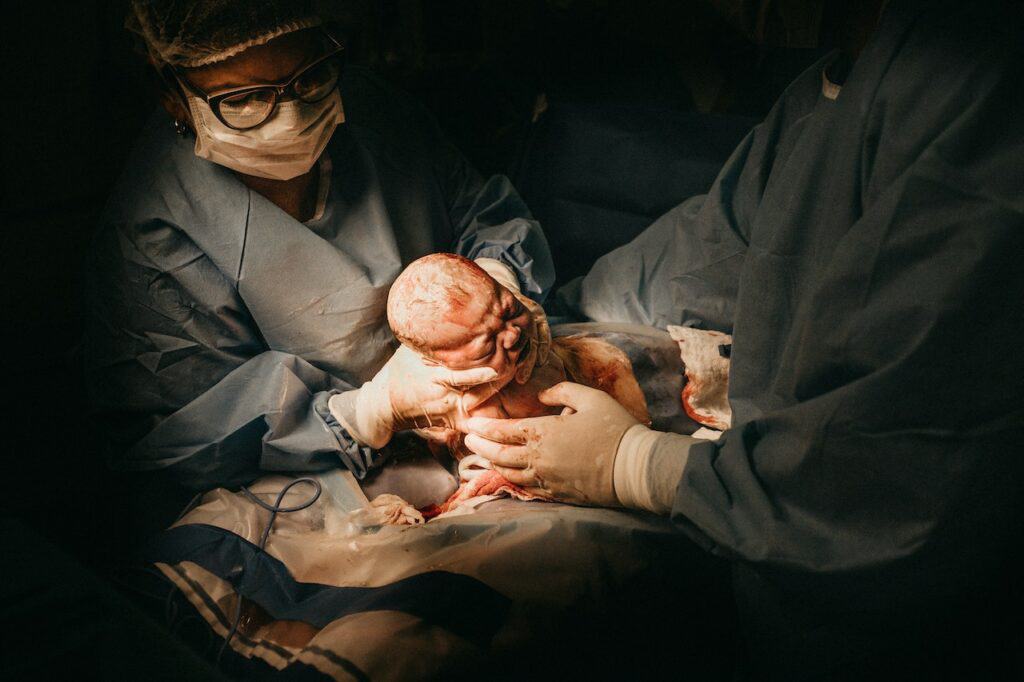
Physical Changes
Postpartum body changes can vary depending on the type of delivery. Women who have had a vaginal birth may experience soreness, swelling, and bruising in the perineum area. Those who have had a cesarean section (C-section) will have an incision that needs to heal. Pain, itching, and numbness around the incision site are common.
Regardless of the delivery type, new mothers can expect to experience some level of vaginal bleeding, known as lochia, for several weeks after giving birth. This is the body’s way of shedding the uterine lining.
Hormonal Changes
During pregnancy, a woman’s body produces high levels of hormones such as estrogen and progesterone. After giving birth, these hormone levels drop significantly, which can cause mood swings, fatigue, and other symptoms of postpartum depression.
Emotional Changes
It’s important to remember that postpartum body changes are not just physical. New mothers may feel overwhelmed, anxious, or sad as they adjust to their new role as a parent. It’s essential to seek support from family, friends, or a healthcare provider if these feelings persist.
Healing and Recovery
The postpartum body needs time to heal and recover after childbirth. New mothers should take it easy and avoid strenuous activities until they feel ready. Eating a healthy diet, staying hydrated, and getting plenty of rest can all help speed up the healing process.
In conclusion, understanding the changes that occur in the postpartum body can help new mothers feel more confident and prepared for the recovery process. By taking care of their physical, emotional, and mental health, new mothers can ensure a smooth and healthy transition into parenthood.
Essential Clothing Items for Postpartum
After giving birth in the hospital, it’s important to have comfortable and practical clothing that accommodates your postpartum body. Here are some essential clothing items to consider:
- Robe and Pajamas: A comfortable robe and pajama set is a must-have for postpartum recovery. Look for soft, breathable fabrics that are easy to move in. Opt for nursing-friendly pajamas for easy breastfeeding access.
- Nursing Bra and Tank Tops: A supportive nursing bra and nursing tank tops are essential for breastfeeding moms. Look for options that are comfortable, breathable, and provide easy access for nursing.
- Postpartum Underwear and Mesh Underwear: After giving birth, your body needs time to heal. Postpartum underwear and mesh underwear provide the support and comfort you need during this time. Look for options that are breathable, stretchy, and provide adequate coverage.
- Slippers and Cozy Socks: Walking around the hospital can be uncomfortable, especially after giving birth. Slippers and cozy socks provide warmth and comfort while walking around the hospital.
- Delivery Gown and Hospital Gown: While hospitals provide gowns for patients, having your own delivery gown or hospital gown can make you feel more comfortable and at home. Look for options that are breathable, easy to move in, and provide easy access for medical procedures.
- Postpartum Leggings and Stretchy Pants: Postpartum leggings and stretchy pants provide comfort and support for your postpartum body. Look for options that are breathable, stretchy, and provide adequate coverage.
Overall, the key to postpartum clothing is comfort and practicality. Look for options that accommodate your changing body and make you feel comfortable during this transitional time.
Hospital Bag Checklist
Preparing for a hospital stay after giving birth can be overwhelming, but having a well-packed hospital bag can make the experience more comfortable. Here is a hospital bag checklist to help ensure that new moms have everything they need during their hospital stay.
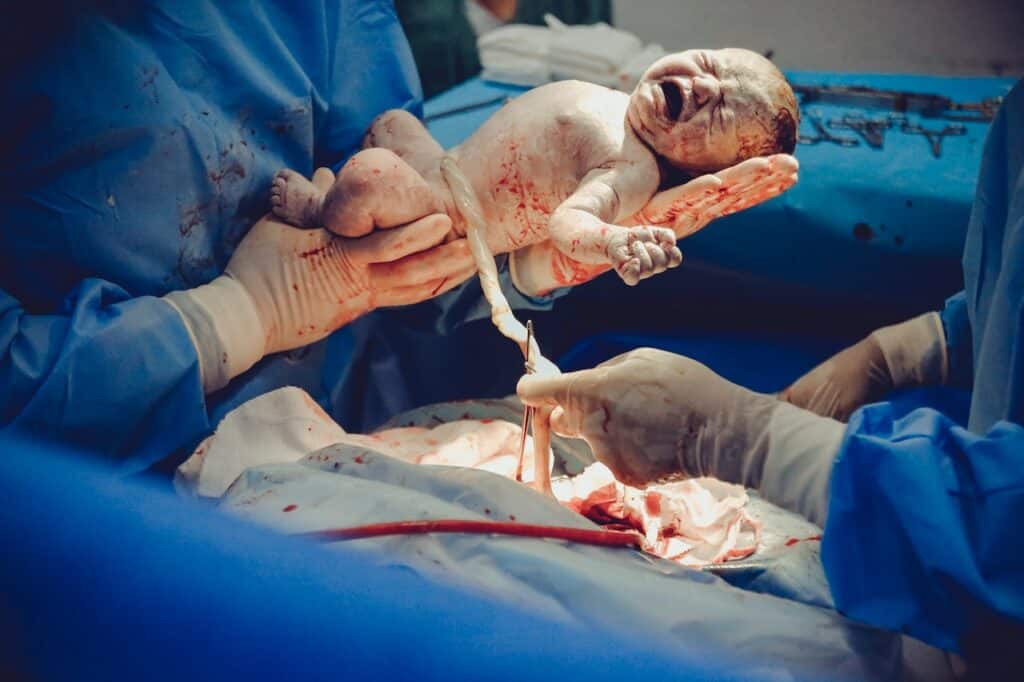
Clothing
New moms will want to pack comfortable, loose-fitting clothing that is easy to put on and take off. Consider packing the following items:
- Nursing bras and breast pads
- Comfortable, loose-fitting pajamas or nightgowns
- Slippers or comfortable shoes
- Socks
- Underwear
- Going-home outfit
Toiletries
Toiletries are essential for staying clean and comfortable during a hospital stay. Consider packing the following items:
- Toothbrush and toothpaste
- Hairbrush or comb
- Shampoo and conditioner
- Body wash or soap
- Deodorant
- Lip balm
- Lotion
- Feminine hygiene products
Entertainment
New moms may have downtime during their hospital stay and may want to bring items to keep them entertained. Consider packing the following items:
- Books or magazines
- Tablet or e-reader
- Crossword puzzles or other games
- Music or headphones
- Camera
Other Items
There are a few other items that new moms may want to pack to make their hospital stay more comfortable. Consider packing the following items:
- Snacks and drinks
- Nursing pillow
- Baby book or journal
- Phone charger
- Insurance information and hospital paperwork
Overall, packing a hospital bag can help new moms feel more prepared and comfortable during their hospital stay. It is recommended to pack the hospital bag a few weeks before the due date and to take a hospital tour to get an idea of what to expect during the stay.
Breastfeeding and Clothing Considerations
After giving birth, new mothers may have concerns about breastfeeding and what to wear to make it easier. Here are some considerations to keep in mind:
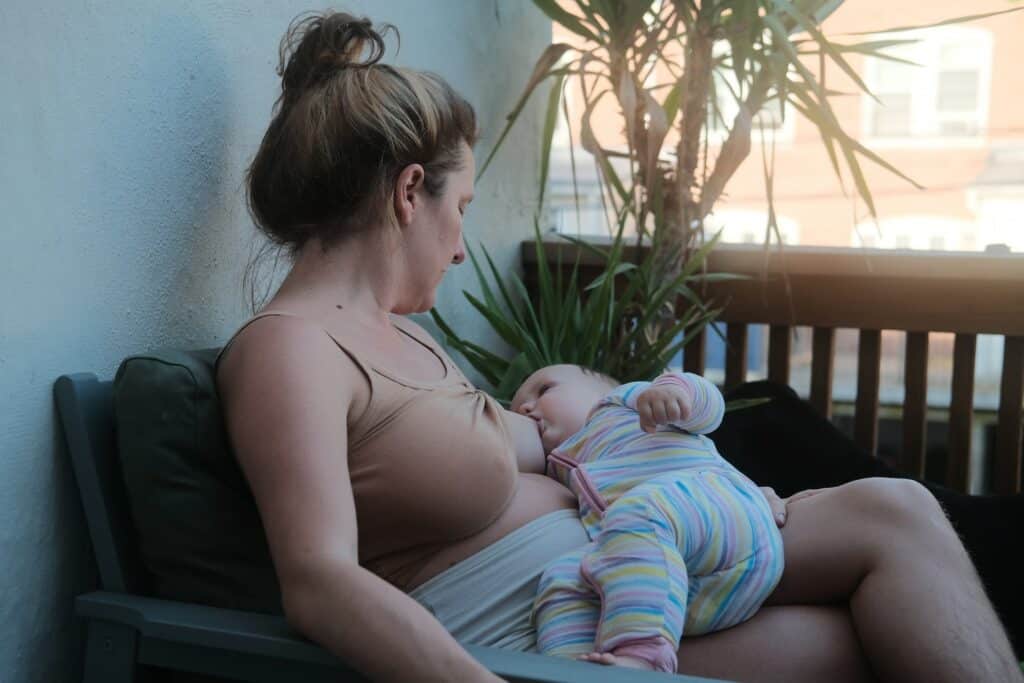
Nursing Bras and Clothing
Investing in a good nursing bra and nursing clothing can make a significant difference in the comfort and convenience of breastfeeding. Nursing bras have special clasps that allow easy access to the breast for feeding. They also provide support and help prevent engorgement.
Nursing clothing is designed to make breastfeeding easier. Nursing nightgowns, for example, have easy access to the breast and are comfortable to wear. Some nursing tops have discreet panels that allow for easy access to the breast without having to remove clothing.
Breast Pads
Breast pads are useful to prevent leaks and keep clothing dry. They come in disposable and reusable options and can be worn inside a nursing bra or other clothing.
Engorgement
Engorgement is a common issue for new mothers when their milk comes in. It can cause discomfort and make it difficult to breastfeed. Wearing a well-fitted maternity or nursing bra can help prevent engorgement by providing support and preventing pressure on the breast.
Formula Feeding
For mothers who choose to formula feed, comfortable clothing is still important. Loose-fitting clothing can help prevent discomfort and allow for easy access to the baby for feeding.
Overall, choosing comfortable and practical clothing is key for new mothers. Investing in nursing bras and nursing clothing, using breast pads, and preventing engorgement can all make the breastfeeding experience more comfortable.
Personal Care and Comfort Items
After giving birth, it is important to prioritize personal care and comfort items to help make the recovery process as smooth and comfortable as possible. Here are some essential items to consider packing in your hospital bag:
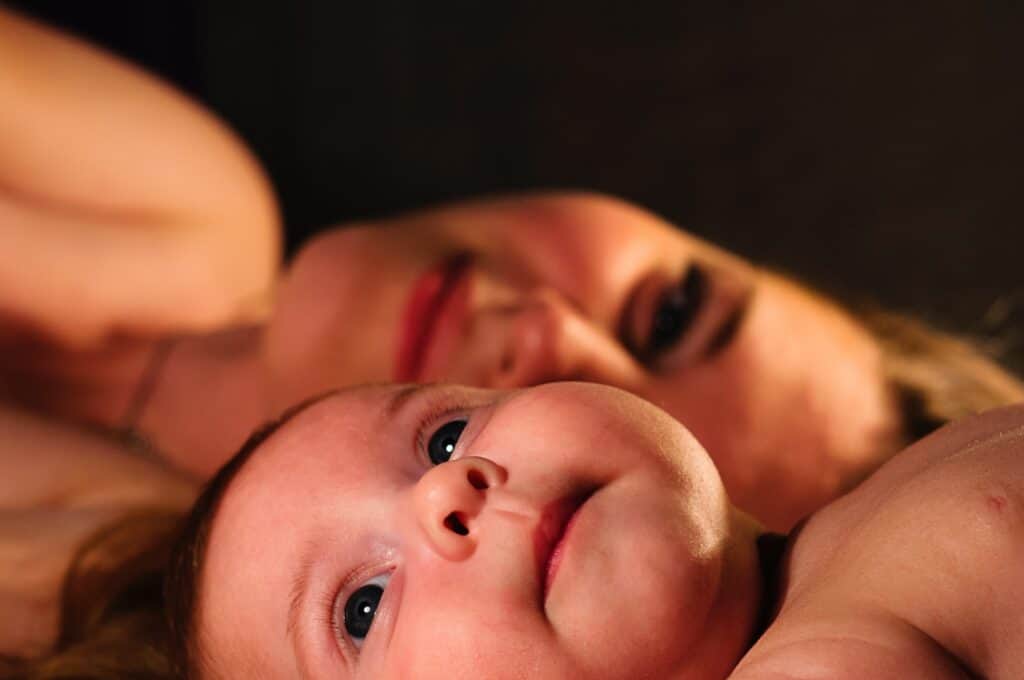
- Hair ties and headbands: These are essential for keeping hair out of your face during labor and delivery. After giving birth, they can also help keep hair away from your baby while breastfeeding or pumping.
- Ice packs: These can be used to help reduce swelling and discomfort in the perineal area after delivery. They can also be placed on sore breasts if you experience engorgement or mastitis.
- Breast pads: Whether you plan to breastfeed or not, breast pads can help absorb any leaking milk and prevent embarrassing leaks.
- Flip flops: Hospital floors can be cold and slippery, so it’s a good idea to pack a pair of flip flops for walking around in the hospital.
- Socks and slippers: These are essential for keeping your feet warm and comfortable during your hospital stay.
- Witch hazel pads: These can be used to help soothe hemorrhoids or alleviate discomfort in the perineal area.
- Incontinence pads: These can be used to help manage any bladder leakage that may occur after delivery.
- Bra extenders: If you plan to breastfeed, your breasts will likely increase in size. Bra extenders can help make sure your nursing bras fit comfortably.
- Personal preference items: Don’t forget to pack any personal care items that will make you feel more comfortable, such as your favorite lotion or lip balm.
Overall, packing personal care and comfort items in your hospital bag can help make the recovery process after giving birth more comfortable and less stressful.
Postpartum Healing and Clothing Choices
After giving birth, it is important to prioritize postpartum healing and choose clothing that is comfortable and supportive. Whether you had a vaginal delivery or a c-section, your body has gone through a lot and needs time to heal. Here are some clothing choices to consider for postpartum care:
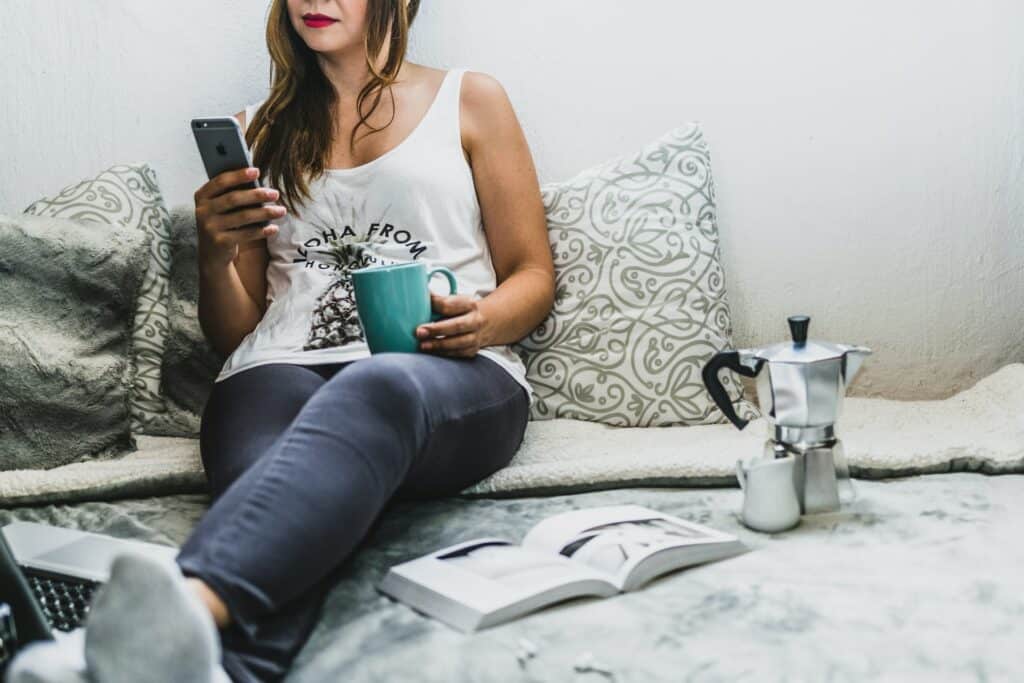
Loose Clothing
Loose clothing is a must-have after giving birth. It allows your body to breathe and move freely, which is essential for postpartum healing. Loose clothing also helps to prevent irritation and rubbing against any wounds or incisions. Consider wearing loose-fitting dresses, oversized t-shirts, or loose-fitting pants.
Supportive Undergarments
Supportive undergarments such as postpartum panties and nursing bras can provide much-needed support and comfort during the healing process. Postpartum panties are designed to provide support to the abdominal area and help to alleviate any discomfort. Nursing bras provide easy access for breastfeeding and are designed to accommodate changes in breast size.
Postpartum Robes
A postpartum robe is a great clothing choice for new moms. It is comfortable, easy to wear, and provides easy access for breastfeeding. It can also be worn over any hospital gown or pajamas for added comfort and style.
C-Section Scar Care
If you had a c-section, it is important to take extra care of your incision. Clothing choices that are loose-fitting and do not rub against the incision are recommended. High-waisted underwear can also help to prevent rubbing against the incision. Additionally, wearing a postpartum belly band can help to provide support and alleviate any discomfort.
Managing Anxiety
Postpartum anxiety is a common experience for new moms. Clothing choices that make you feel comfortable and confident can help to alleviate some of the anxiety. Choose clothing that you feel good in and that fits well. This can help to boost your confidence and make you feel more at ease during the postpartum healing process.
Overall, it is important to prioritize postpartum healing and choose clothing that is comfortable and supportive. By considering these clothing choices, you can help to make the postpartum healing process more comfortable and enjoyable.
Conclusion
In conclusion, choosing what to wear after giving birth in the hospital can be a daunting task. However, it is essential to prioritize comfort and convenience over fashion. The ideal outfit should be easy to put on, take off, and nurse in, as well as provide adequate coverage and support.
It is recommended to bring a few options, including loose-fitting tops, nursing bras, and comfortable bottoms. Additionally, packing a robe, slippers, and socks can help regulate body temperature and provide added comfort.
Remember to consider the hospital’s policies and regulations, as well as any personal preferences and needs. It is also advisable to pack a going-home outfit that accommodates any postpartum changes, such as a larger size or stretchy fabric.
Overall, the goal is to create a stress-free and comfortable environment for both the mother and baby during their hospital stay. By following these tips and guidelines, new mothers can ensure a smooth transition into motherhood.
Frequently Asked Questions
What should I wear home from the hospital after giving birth in the winter?
It is recommended to wear comfortable, loose-fitting clothing that is easy to put on and take off. A warm coat, scarf, and gloves are also essential, especially if it’s cold outside. Consider wearing layers, so you can adjust your clothing as needed.
What are the best pants to wear after giving birth?
Many new moms prefer to wear loose-fitting, high-waisted pants that won’t irritate their incision or stitches. Yoga pants, leggings, and sweatpants are all good options. Look for pants that have a drawstring or elastic waistband for added comfort.
What is a good leaving hospital outfit for a new mom?
A comfortable, loose-fitting dress or a pair of pants and a shirt that you feel good in is a great choice. You’ll want something that is easy to put on and take off, especially if you’ve had a c-section. Don’t forget to bring a comfortable pair of shoes as well.
What are some comfortable clothes to wear in the hospital after giving birth?
Many new moms prefer to wear loose-fitting, comfortable clothing that won’t irritate their incision or stitches. A robe, nursing tank, and comfortable pajama pants are all good options. Consider bringing a few changes of clothing, so you can stay comfortable throughout your stay.
Should I wear anything under the hospital gown during labor?
It’s up to personal preference, but many women prefer to wear a sports bra or a nursing bra under their hospital gown. This can provide added support and comfort during labor and delivery.
How can I look good in the hospital after giving birth?
You don’t have to sacrifice comfort for style. Look for comfortable, stylish clothing that is easy to put on and take off. Don’t forget to bring a few accessories, like a scarf or a hat, to add some personality to your outfit. And remember, the most important thing is to feel comfortable and confident during this special time.
Related Post:
- How to Lose 20 Pounds in 3 Weeks?
- What To Wear In Labor?
- Singer 4411 vs. Singer 4423 – Which Is Better

Iesha is a loving mother of 2 beautiful children. She’s an active parent who enjoys indoor and outdoor adventures with her family. Her mission is to share practical and realistic parenting advice to help the parenting community becoming stronger.
